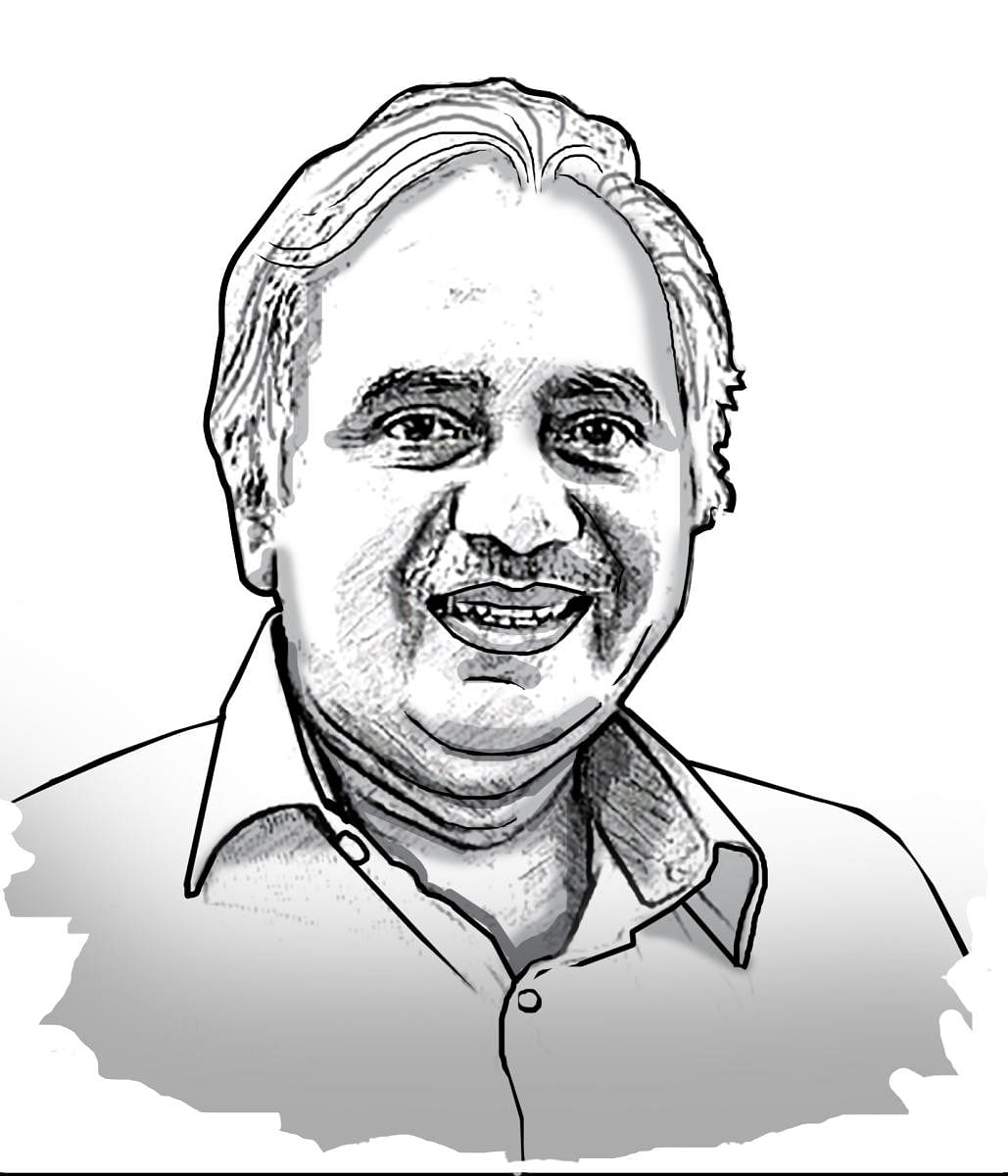Information trickling in from highly reliable sources on the Ladakh stand-off about Chinese forces withdrawing should come as great relief and as a victory for the Narendra Modi government’s efforts to diffuse the situation. The partial disengagement, after nearly nine weeks of stand-off between the Indian Army and an intruding PLA along the LAC, and the clashes on the night of June 15, in which we lost 20 soldiers, is the worst incident in several decades. The withdrawal symptoms will be severe for the Chinese as they are not used to easily giving up usurped territories.
While India continues to repose faith in resolving the present conflict through diplomatic channels and structured talks, military preparedness cannot be lowered. Experts and citizens alike have warned the government about the treacherous behaviour of China in 1962, when withdrawal of forces was followed by a renewed attack leading to disastrous consequences for India. New Delhi will have to explore all other options to counter China’s expansionism under Xi Jinping, like using the Tibet issue as leverage, joining the nascent global anti-China coalition, extending support to the gathering anti-China momentum in Hong Kong, scaling up economic, military and diplomatic engagement with Taiwan, increasing our naval capabilities in the Indian Ocean Region, stepping on to the next level of action plan on the Quad and Indo-Pacific trade and security architecture, to list a few.
The present area of conflict is of great strategic importance to India as the Galwan Valley is close to Aksai Chin, which was one of the major conflict zones since 1959 when China usurped Tibet completely, forcing the Dalai Lama to flee and take refuge in India. The PLA is holding on in many other crucial positions all along the LAC close to the Darbuk-Shyok-Daulat Beg Oldie (DSDB) road that links Leh to Siachen Glacier and Karakoram Highway. For China, this Indian territory is at the southern tip of Xinjiang, which Mao annexed in 1955. There are reports of Chinese maps showing Sakteng Wildlife Sanctuary in eastern Bhutan (bordering Arunachal Pradesh) as part of China and laying claim to the Russian territories of Khabarovsk and Vladivostok. In fact, China has a boundary dispute with Bhutan in the western and middle sector of their boundary but this is the first time that Beijing is picking up a fight with Bhutan on the eastern sector of their border as well. China’s expansionist agenda started with Mao in 1949 and is continuing today, with scant respect for world opinion or the very principles of co-existence that they have been flashing before the world since the 1950s.
It is no secret that Mao fashioned his People’s Republic of China (PRC) on the premise that modern China is the resurrection of the centuries-old Zhou Empire, Middle Kingdom or Zhongguo, that lived under the illusion that it was the centre of the world and all else outside it were uncivilised and must know-tow to the Chinese emperor. Zhonghua renmin gongheguo, the official Chinese name of the People’s Republic of China (PRC), has come to symbolise the idea of ethnocentrism, the notion of superior race with an exceptional right to make rules and not merely follow them. Once such a template is set and an indelible blueprint is decided and handed out for action with no exit plan, the working tools become irreplaceable and indispensable. That is what has happened to the Chinese Communist Party.
China’s expansionist agenda is the ultimate mandate for the CCP, with a clear political aim of gaining military and economic supremacy by seizing global institutions and resetting the global architecture. The veneer of Communism came off after Mao’s death and the disintegration of the USSR but Beijing continues to hang on to the fiction because it is convenient for the CCP to remain in control of 1.4 billion people. China is thus a country with religious people governed by a totalitarian Communist oligarchy powered by the Capitalist economic model.
China’s top leaders have to necessarily ride the tiger, nay dragon, they have mounted to remain relevant and to keep the centuries-old Zhonghua era philosophy of the “Chinese dream” alive. But the philosophers of that era like Confucius advocated humanity and kindness as “social glue” to keep the society cohesive and to avoid conflicts between states. In today’s China, a leader who combines all the authority in one seat and prefers to remain unanswerable and unaccountable, is following in the footsteps of many other fascist dictators, exhibiting the qualities of a megalomaniac presiding over a cult rather than over a country which can boast of lofty philosophical traditions and a glorious civilisational past. A rising China cannot invest its future in one individual, the failed dogma of Communism and emerging as a bully on the world stage. If it continues on this path and unifies the rest of the world against it, far from becoming the world’s centre of gravity, China will over the next decades find itself marginalised and written off as a Jurassic park of withered dragons.

